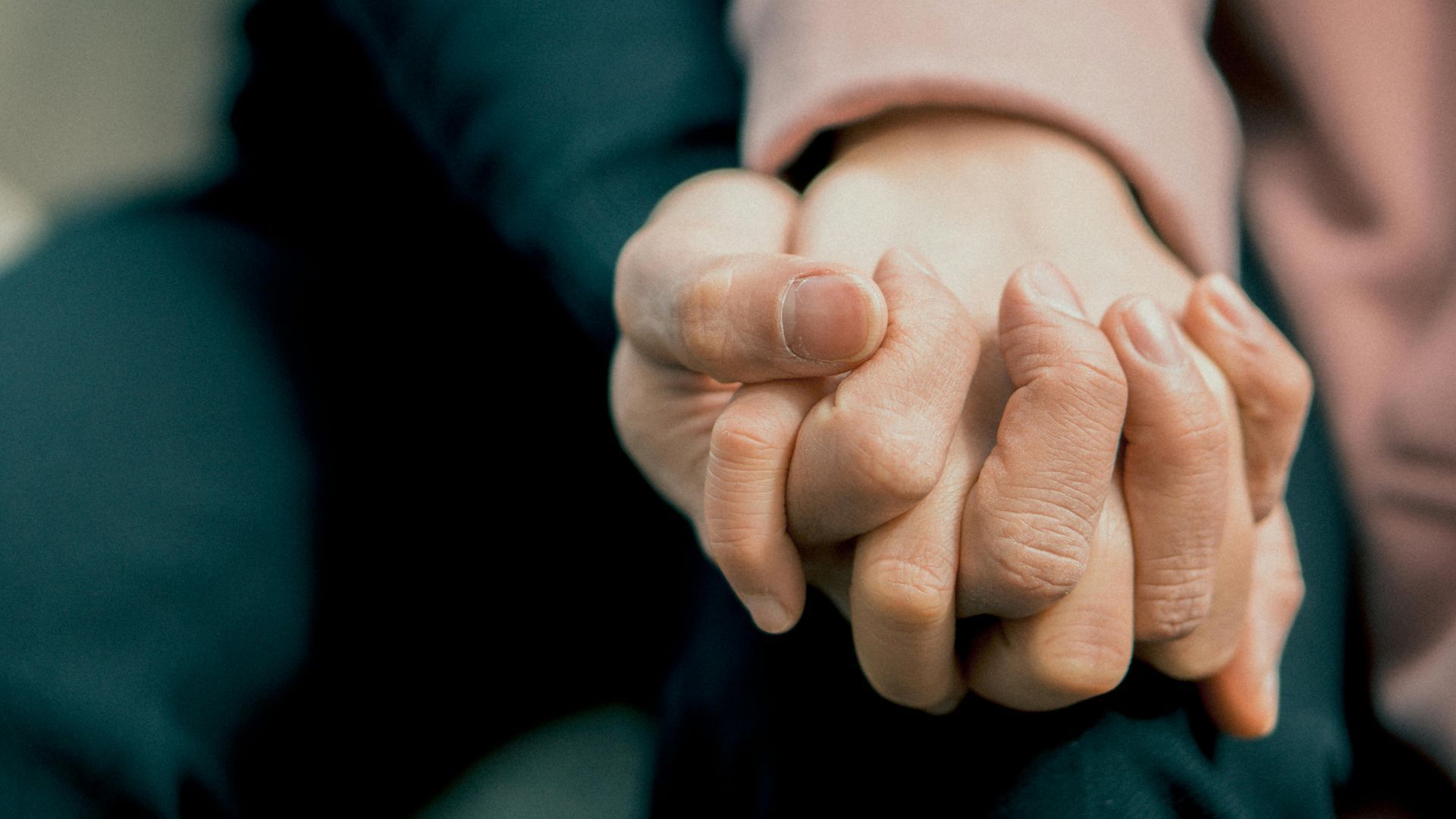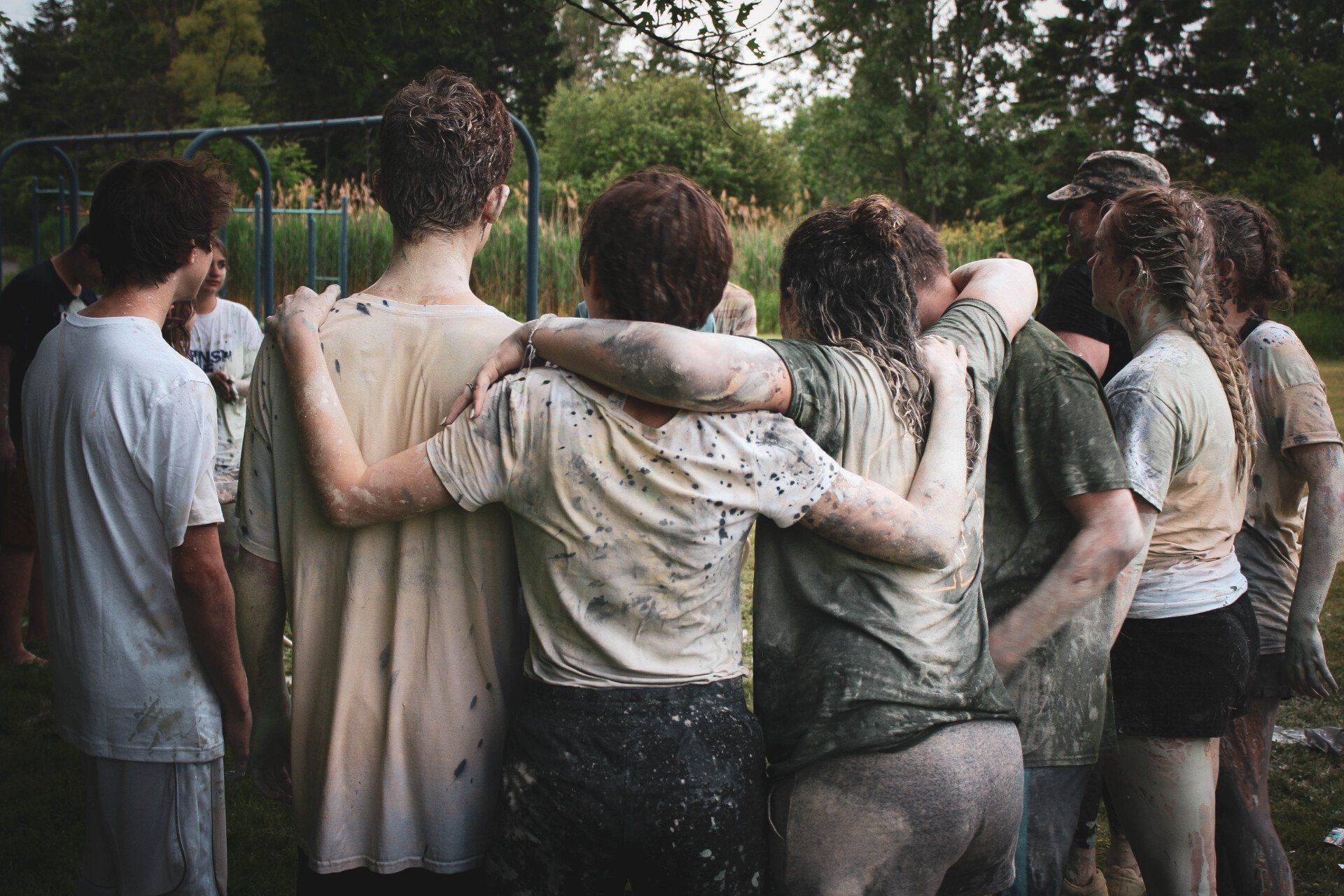Protecting Developing Brains: Tips for Preventing Traumatic Brain Injuries in Children
Traumatic brain injuries (TBI) are a serious concern for children and parents alike. A traumatic brain injury is a blow or jolt to the head or a penetrating head injury that disrupts the normal function of the brain. While TBIs can occur in a variety of ways, some of the most common causes include falls, sports-related injuries, and car accidents.
TBIs in children are a particular concern, as their developing brains are more vulnerable to the long-term effects of injury. In this blog post, we’ll explore the impact of traumatic brain injuries on children and provide some tips for preventing them.
Impact of Traumatic Brain Injuries on Children
The impact of a traumatic brain injury on a child can vary depending on the severity of the injury and the age of the child. Common symptoms of a TBI in children can include headache, dizziness, vomiting, and confusion. In more severe cases, children may experience seizures, loss of consciousness, and difficulty with motor functions.
Even minor TBIs can have long-lasting effects on a child’s cognitive and emotional development. For example, a child with a concussion may have difficulty concentrating and may experience mood changes. In some cases, TBIs can also lead to learning disabilities and behavioral problems.
Preventing Traumatic Brain Injuries in Children
While it’s impossible to completely eliminate the risk of TBIs in children, there are steps that parents can take to reduce the likelihood of injury. Here are some tips for preventing TBIs in children:
- Ensure Proper Safety Gear is Used during Physical Activities
One of the best ways to prevent TBIs in children is to ensure that they wear proper safety gear during physical activities. This includes helmets for activities such as biking, skateboarding, and skiing, as well as mouthguards for sports like football and basketball. Parents should also ensure that their child’s safety gear fits properly and is in good condition.
- Teach Children about Safe Play
Teaching children about safe play is another important way to prevent TBIs. This includes teaching children to avoid rough play and to be mindful of their surroundings. Parents should also encourage children to speak up if they see unsafe behavior or conditions.
- Secure Furniture and Install Safety Gates
Young children are particularly susceptible to TBIs from falls, so it’s important to secure furniture and install safety gates to prevent falls. This includes securing bookcases and other furniture to the wall and using safety gates at the top and bottom of stairs.
- Ensure Seatbelts are Worn and Properly Installed
Car accidents are a common cause of TBIs in children, so it’s important to ensure that seatbelts are worn and properly installed in vehicles. Parents should also ensure that children are properly restrained in car seats or booster seats appropriate for their age and size.
- Monitor Children’s Activities
Parents should also monitor their children’s activities to ensure that they are not engaging in risky behavior. This includes monitoring children’s screen time and ensuring that they are not participating in activities that are beyond their skill level.
Conclusion
Traumatic brain injuries are a serious concern for children and parents. While it’s impossible to completely eliminate the risk of TBIs, there are steps that parents can take to reduce the likelihood of injury. Ensuring that children wear proper safety gear during physical activities, teaching children about safe play, securing furniture and installing safety gates, ensuring seatbelts are worn and properly installed, and monitoring children’s activities are all important steps that parents can take to prevent TBIs. By taking these steps, parents can help protect their children’s developing brains and ensure that they grow up healthy and strong.






All Rights Reserved | Flourish Supportive Living | By Digital Marketing Dude Website Development Westminster CO







